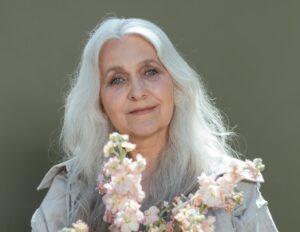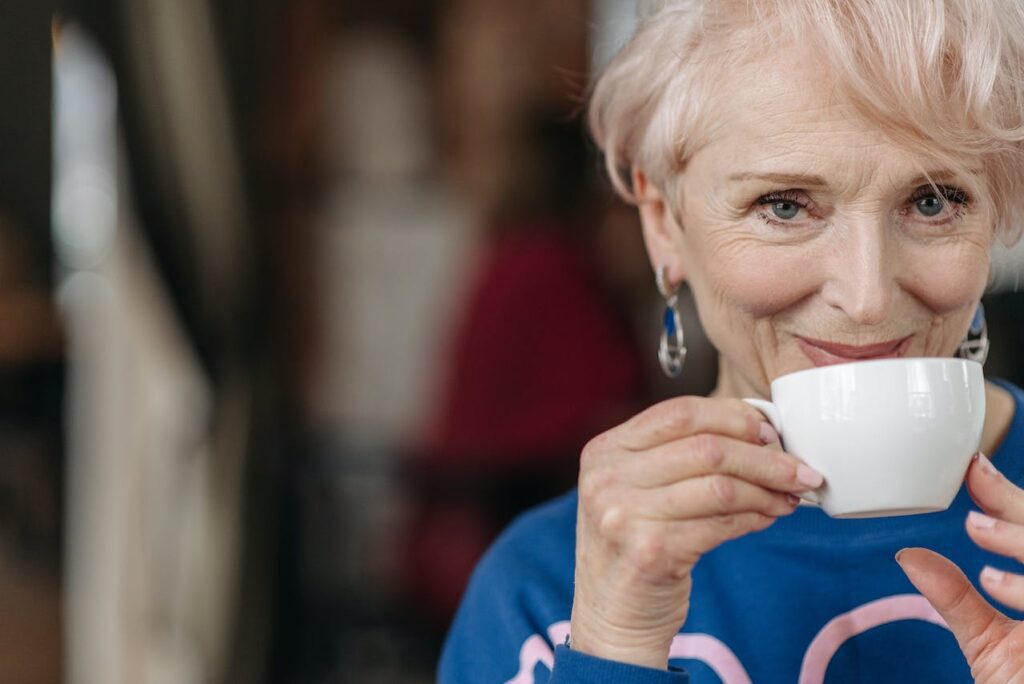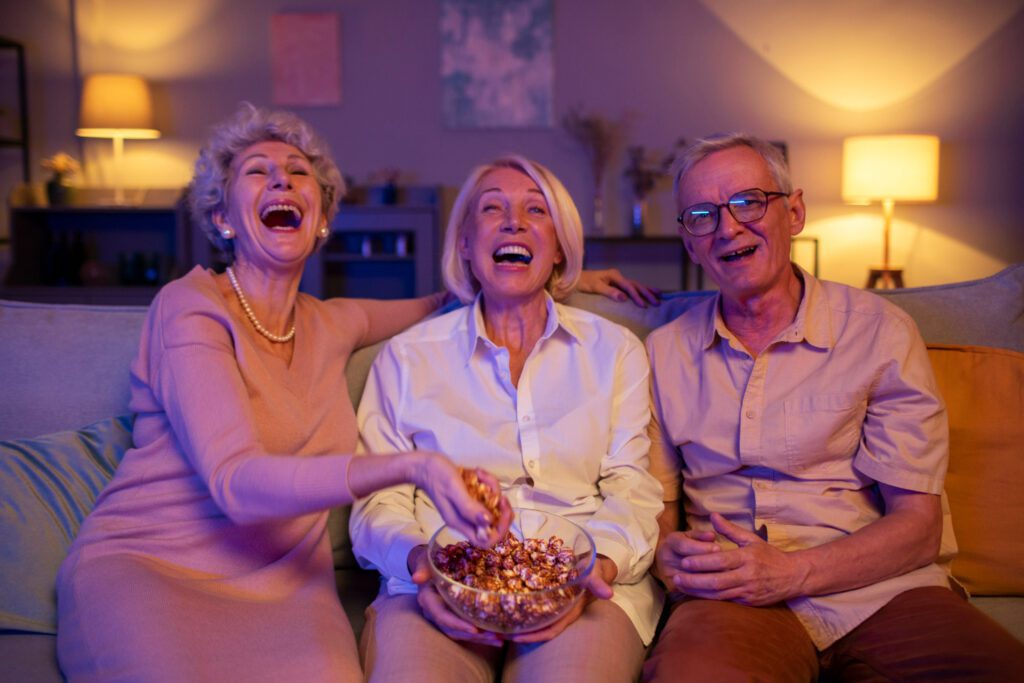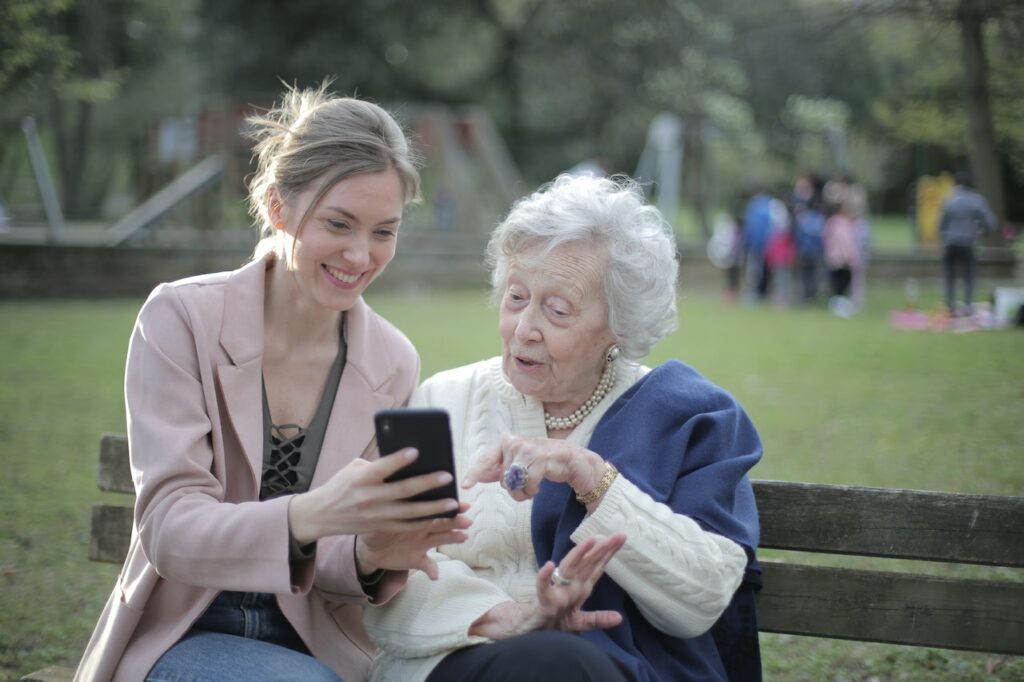Remember what TV shows used to be like?
Step back in time to the golden age of television, when each flicker offered tales that touched hearts, laughed, and inspired generations. The blog article ahead connects us to the touching stories and remarkable personalities of famous series that defined an era.From space to Mayberry, this voyage starts with “Star Trek: The Original Series.” If interplanetary travel was real and Captain James T. Kirk led his crew on a mission that reverberated beyond the stars, Next, enter the hilarious world of “I Love Lucy,” which challenged social standards and laid the way for daring comedy.
There is more! Explore “The Twilight Zone,” where morality ruled and reality twisted. Join the irreverent “MAS*H” medics as they navigate battle with comedy and heart. The adventure continues with “All in the Family,” which bravely tackled social taboos and left us thinking long after the credits rolled.
Join us as we travel through time, revisiting the classics that continue to fascinate hearts and minds, bringing nostalgia and a deeper appreciation for the timeless tales that inspired our culture. Each episode represents a chapter in television’s ever-changing impact on our lives. This voyage promises humor, tears, and a greater understanding of TV’s power in our homes, so let’s get started!

Original Star Trek
In 1966, “Star Trek: The Original Series” took viewers to a future when intergalactic travel was common. The Space Race-era show imagined a unified Earth exploring the cosmos. Captain James T. Kirk led the Starship Enterprise across galaxies, discovering many lifeforms and civilizations. The program and its viewers took its mission—to find new life and civilizations and boldly go where no man has gone before—to heart.
In “Star Trek: The Original Series,” intergalactic travel was commonplace. The Space Race-era show imagined a unified Earth exploring the cosmos. Captain James T. Kirk led the Starship Enterprise across galaxies, discovering many lifeforms and civilizations. The mission? To find new life and civilizations and boldly go where no man has gone before. I must admit I was fascinated by this theory.
Of course, the movie was ambitious in an age of realistic drama and family comedy. Despite ratings struggles, NBC hosted this interplanetary adventure from 1966 until 1969. The show’s repeats became more popular than its initial showing, giving it cult status.
One-of-a-kind ensemble cast. With his brazen bravado and underlying humanism, William Shatner’s Captain Kirk established a new bar for sci-fi characters. Spock’s Vulcan salutation and inner battle made him a franchise icon. The cast’s diversity—Nichelle Nichols as Lieutenant Uhura, George Takei as Sulu, and Walter Koenig as Chekov—reflected Gene Roddenberry’s ideal of harmony.
Love it or hate it, “Star Trek: The Original Series” was groundbreaking. It explored morals, society, and life via sci-fi adventure. Its utopian future and complicated topics influenced many subsequent programs, spin-offs, movies, and real-world science. It pioneered television and inspired generations to gaze at the skies.
Love Lucy
“I Love Lucy” premiered on CBS in 1951, spreading laughter to American homes. Lucille Ball played Lucy Ricardo, a lively woman, and Desi Arnaz played her bandleader husband, Ricky. Lucy’s follies and ambitious ambitions at the Ricardos’ New York City apartment created spectacular television moments.
The sitcom became very successful until 1957. Despite being black-and-white, “I Love Lucy” had colorful people and scenarios. Lucy, Ricky, Fred, and Ethel Mertz (William Frawley and Vivian Vance), and the audience laughed weekly.
Lucille Ball and Desi Arnaz’s chemistry made the show. Their real-life marriage gave their on-screen connection credibility, and Ball’s comedic timing and physical humor established a high standard for future comedians. Arnaz added charisma and Cuban rhythms.
In fact, I know many movie critics who said this movie went beyond entertainment. It was the first comedy to be recorded in front of a live studio audience and the first to confront pregnancy onscreen, which was taboo at the time. The show’s three-camera system revolutionized comedy filmmaking, still used today.
“I Love Lucy” captures human feelings and circumstances with love and humor, making it ageless. The classic captures the pleasures, challenges, and humor of ordinary life, evoking cherished memories and amusement among baby boomers.
Twilight Zone
“The Twilight Zone” debuted on CBS in 1959 and became a television staple. The inventive genius Rod Serling produced and narrated this anthology series, which transported viewers to a distinct world of sight, sound, and intellect.
“The Twilight Zone,” which aired for five seasons until 1964, combined science fiction, suspense, and social criticism. Each episode was self-contained and had a dramatic story with a surprise, frequently ending with a moral or philosophical epiphany. The opening theme song alone shivered spectators.
The program was known for putting regular people in magical or weird circumstances. It included several guest stars, including William Shatner, Burgess Meredith, and Robert Redford.
“The Twilight Zone” addressed major societal themes, including bigotry, fear of nuclear war, and the human condition via amusing science fiction. Its groundbreaking storytelling and thought-provoking ideas continue to impact TV and movies.
I think many baby boomers, like me, will always remember “The Twilight Zone” as a program that challenged creativity and offered serious reflection on the human condition.
MAS*H
In 1972, “MAS*H” debuted on television with irreverent comedy and sad combat criticism. The scene? Korean War mobile army surgical hospital. This CBS sitcom, which mixed humor and drama, defined 1970s and early 1980s television until 1983.
An ensemble cast that shaped American society brought the 4077th to life. Alan Alda’s Hawkeye Pierce, Wayne Rogers’ Trapper John, and Loretta Swit’s Hot Lips Houlihan were among the noteworthy characters who lived and loved throughout wartime.
The Vietnam War, which was underway throughout much of the show’s run, was reflected in the surgical tents and staff camaraderie. It hilariously illuminated war’s follies and heartbreaking tragedies.
“MAS*H” broke television conventions. It pioneered the dramedy genre that’s popular today. It represents a moment when the country was at war at home and abroad. The show’s eternal appeal made baby boomers laugh, weep, and contemplate.
All Family
“All in the Family” was a colorful, often turbulent portrayal of American culture. From 1971 until 1979, the CBS series reflected the constantly changing social and political scene, seeking controversy and shattering taboos.
Characters made the show. Carroll O’Connor successfully portrayed the love-hate character Archie Bunker. The story revolved on his relationships with Edith (Jean Stapleton), Gloria (Sally Struthers), and Mike (Rob Reiner).
“All in the Family”‘s star-studded cast and bold approach to unexplored topics made it special. Racism, women’s rights, homosexuality, and the Vietnam War were addressed in the program. Each episode reflected American dinner table problems.
There’s no doubt about it: this amazing show defined a genre. It brought social realism to sitcoms and sparked controversies by unflinchingly addressing current events. It changed comedy writing and production forever. What do you think about it?
Andy Griffith’s
Oh, Andy Griffith’s! In the early 1960s, Mayberry, a fictitious North Carolina community, welcomed viewers to the television. From 1960 through 1968, CBS aired “The Andy Griffith Show,” the ideal antidote to contemporary America. Its stories of everyday people, neighborly affection, and life’s basic delights touched hearts.
The program featured Sheriff Andy Taylor, played by Andy Griffith. His interactions with his young son Opie (Ron Howard), his scatterbrained deputy Barney Fife (Don Knotts), and a motley ensemble of town residents showed a close-knit community. Their adventures revealed a real and imagined America.
The show’s allure came from human foibles and small-town idiosyncrasies, not outlandish behavior. Barney’s antics, Aunt Bee’s cooking, and Opie’s innocent questioning made the ordinary special. This show comforted viewers throughout the 1960s by highlighting rural life and communal ideals. Spin-offs and repeats bear witness to its legacy.
“The Andy Griffith Show” reminds many baby boomers of simpler times. Its comedy, compassion, and homegrown wisdom continue to resonate, illustrating that sometimes the most profound truths can be discovered in the most modest settings.
YOU MAY ALSO LIKE: Top 9 Best Activities for Seniors to Embrace Newfound Free Time
Hawaii Five-O
Aloha! From 1968 until 1980, CBS’s “Hawaii Five-O” introduced millions of Americans to Hawaii’s splendor. The show’s exotic location set it apart from other police dramas of the time.
“Hawaii Five-O” centered on Jack Lord’s unflappable Steve McGarrett. McGarrett’s slogan “Book ’em, Danno”—referring to his right-hand man Danny Williams (James MacArthur)—made him famous. With Chin Ho Kelly (Kam Fong) and Kono Kalakaua (Zulu), these foursome of law enforcers battled petty thieves, multinational spies, and other criminals throughout the Hawaiian Islands.
“Hawaii Five-O” was different. Its unique surroundings and local culture let spectators escape to a tropical paradise each week while enjoying the pursuit. The series was flavored by the pounding surf, swaying palm palms, and lively luaus.
As one of the longest-running primetime crime programs in the US, the series influenced its current reincarnation. Its jazzy, lively theme is one of television’s most famous.
“Hawaii Five-O” was more than a baby boomer show. It was a wonderful weekly getaway through crime and justice beneath the Hawaiian sun. Fans still hear the show’s legacy like ocean waves.
Carol Burnett’s
“The Carol Burnett Show,” which debuted on CBS in 1967, lit up American living rooms with laughter and satire until its 1978 cancellation.
Carol Burnett, an impersonation and physical comedy genius, was in charge. The group, which featured Harvey Korman, Vicki Lawrence, Lyle Waggoner, and subsequently Tim Conway, performed comedies and characters that enthralled audiences everywhere.
“The Carol Burnett Show” was plenty of laughs, from “The Family”‘s dysfunctional Harper family to “Went with the Wind!”‘s “Gone with the Wind” spoof. It included skits, musical acts, and a surprising Q&A with Burnett.
The show’s ability to entertain without sacrificing heart made it stand out. Its comedy was smart, clever, and heartfelt. Audiences laughed and felt with this comedy.
This amazing TV show remains a landmark in television humor. Burnett and her troupe used it to showcase their humor and advance sketch comedy. Baby boomers still laugh and like it.
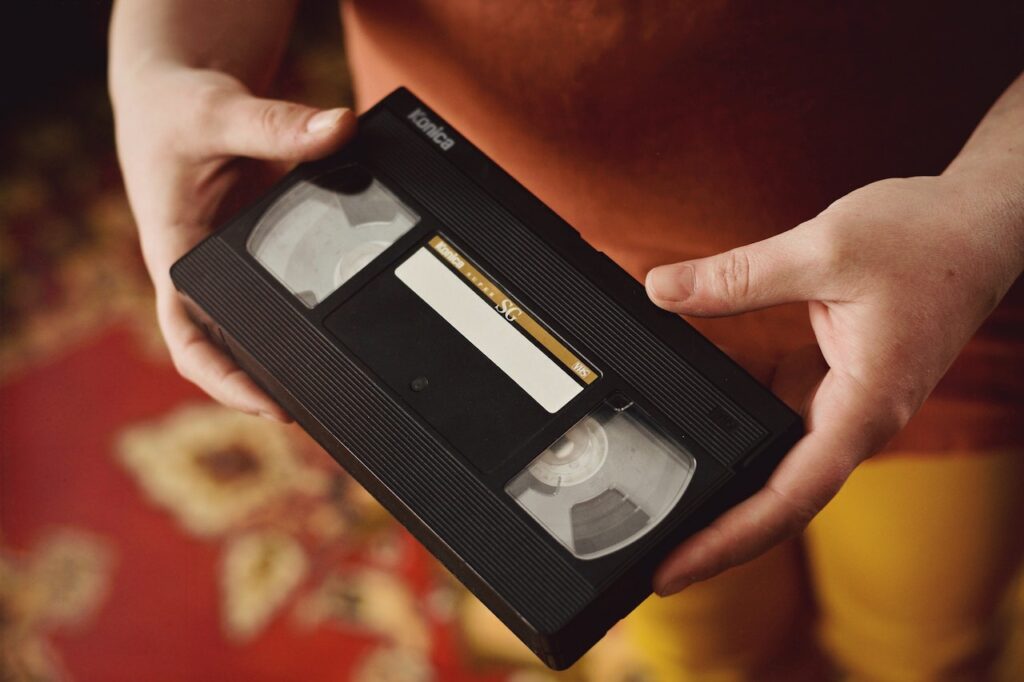
Columbo
Lieutenant Columbo enters, smoking a cigar. “Columbo,” the NBC detective series that ran from 1971 to 1978, remains a mystery genre classic, capturing millions of viewers and leaving an unforgettable impression on television history.
Peter Falk played Lieutenant Columbo, the apparently absent-minded yet clever investigator, well. His acute intellect saw nuances others missed. He was most known for asking “just one more thing,” which typically revealed the perpetrator’s alibi.
“Columbo” has a unique storyline. Each episode was “howcatchem” rather than a whodunit. The viewers knew the killer from the start, and Columbo’s hints frequently frightened the offender.
The sitcom included several guest appearances, including Leonard Nimoy, Johnny Cash, and Robert Conrad as villains. These affluent and powerful personalities contrasted with Columbo’s humble nature, strengthening the story.
“Columbo” shaped culture. Columbo, with his unusual outfit and ancient Peugeot 403, symbolized the average guy against the privileged. It proved that no one was above the law, which resonated with viewers.
“Columbo” provided baby boomers more than crime-solving. It proved observation, perseverance, and unpretentious intellect. A reminder that things aren’t always as they appear and that the most undervalued people may be the most capable.
Happy Days
“Happy Days,” a 1974–1984 ABC comedy that introduced 1950s and 1960s nostalgia to American living rooms, is lovely. The sitcom depicted idealized mid-20th-century middle-class American living via the Cunningham family and Arthur “Fonzie” Fonzarelli.
The sitcom followed teenaged Richie Cunningham (Ron Howard) and his family—optimistic father Howard (Tom Bosley), loving mother Marion (Marion Ross), and younger sister Joanie (Erin Moran). Fonzie, with his slicked-back hair, leather jacket, and “Heyyy” catchphrase, was the show’s breakthrough character.
The comedy “Happy Days” was a time capsule. Diners, jukeboxes, and sock hops evoked a bygone age. The show balanced serious themes with fun.
“Laverne & Shirley” and “Mork & Mindy” spin-offs cement the show’s place in American television history. “Happy Days” popularized “jump the shark,” a catchphrase used in television criticism.
Which is your favorite TV show of all time? Share your recommendations in the comment section and let’s relive the joy of our youth together!




